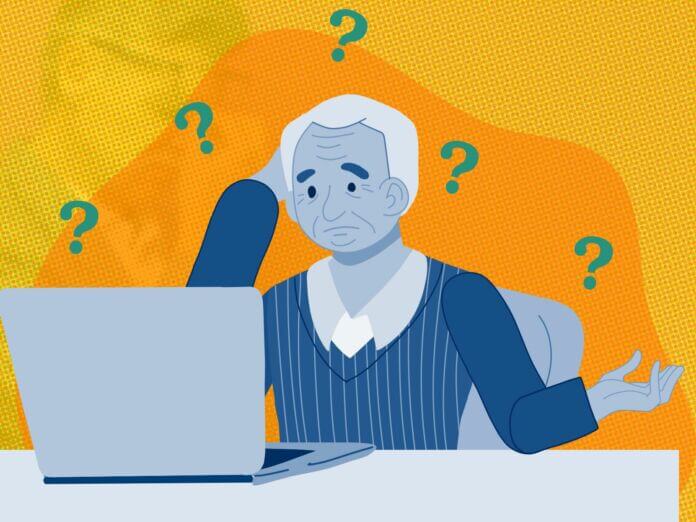
Emilie Brown – August 12, 2024
Collected at: https://www.iotforall.com/iot-and-accessibility-transforming-accessible-digital-experiences
The rise of the IoT (Internet of Things) devices has greatly improved life for people with disabilities. While the term “IoT” might not be in the spotlight in 2024, its impact on accessibility is stronger than ever.
This network of connected devices, sensors, and applications allows for smooth communication and data sharing, changing how we interact with technology and the world around us.
Focusing on accessibility and inclusivity can help us fully harness the benefits of IoT technologies. In this article, we’ll explore the crucial role of accessible design within the IoT ecosystem.
Understanding Accessible Design in IoT
Making IoT technologies usable and inclusive for people with disabilities is important. This is where accessible design comes in. It means creating devices, apps, and interfaces that work for everyone.
IoT accessibility covers several areas such as:
- Physical Access: Many IoT devices are hard to use for people with limited movement. Accessible design solves this by using bigger buttons, adding textures, and offering options like voice control.
- Sensory Access: People with vision or hearing problems might struggle with IoT devices. Accessible design helps by providing features like text-to-speech, captions, and vibration alerts.
- Cognitive Access: People with learning difficulties can find IoT devices confusing. Accessible design simplifies things by using clear instructions, easy-to-understand menus, and customization options.
- Interface Design: A good design is important for everyone. Accessible design makes things easier by using clear labels, simple navigation, and consistent controls.
How IoT Is Transforming Accessible Digital Experiences
Making Websites Accessible
The Internet of Things (IoT) is transforming how we interact with digital content, with accessibility playing an important role in this change. Websites that were once static are now becoming dynamic, incorporating real-time data and interactive elements. This shift offers a unique opportunity to improve accessibility for individuals with disabilities.
By using IoT devices and sensors, websites can provide personalized experiences, such as an audio description generator for visual content, voice control for navigation, or content adjustments based on user preferences or environmental factors. This move towards inclusive design ensures that everyone can fully engage with the digital world.
Enhanced Communication
IoT technology is revolutionizing how people with hearing impairments interact with the world. Modern hearing aids can now connect to smartphones and other devices, allowing users to stream audio directly into their ears. These devices also offer remote adjustments and updates, providing a more personalized hearing experience.
For individuals with speech impairments, IoT-enabled communication devices are transforming how they communicate. These devices can be customized with specific vocabularies and phrases to suit the user’s needs, providing a more effective way to express themselves.
Smart Homes and Independence
Smart homes are promoting better independence, particularly for individuals with disabilities or mobility challenges. By connecting everyday devices to the internet, IoT technology transforms houses into responsive environments that cater to individual needs.
Imagine a world where lights adjust automatically to visual impairments, voice commands control appliances, and smart sensors detect falls or emergencies.
This level of autonomy not only enhances comfort but also provides a crucial sense of security and control, allowing people to live more independently and confidently in their own homes.
Wearable Technology
Wearable devices are revolutionizing how people with disabilities interact with the world. Let’s take a look at how they are making an impact:
- Health Monitoring: Smartwatches and fitness trackers can monitor vital signs and provide real-time health data. This is especially beneficial for individuals with chronic conditions or disabilities, as it allows for early detection of potential issues and timely intervention.
- Navigation: Devices like smart canes and GPS-enabled wearables offer increased independence and safety for people with visual impairments by helping them navigate their surroundings more confidently.
Accessible Transportation
IoT is transforming how people with disabilities experience the world. In transportation, real-time updates on bus and train schedules, accessible routes, and service disruptions help people with mobility challenges navigate their city.
Smart technology in public spaces, such as adjustable lighting, audio descriptions, and navigation aids, is creating more inclusive environments for everyone.
Accessible Design & IoT Development
The integration of accessible design principles into IoT development is important to create a truly inclusive future. By prioritizing the needs of people with disabilities, we can unlock the full potential of IoT technology.
As the IoT landscape continues to evolve, developers, designers, and policymakers must work together to ensure that everyone benefits from the connected world.

Leave a Reply